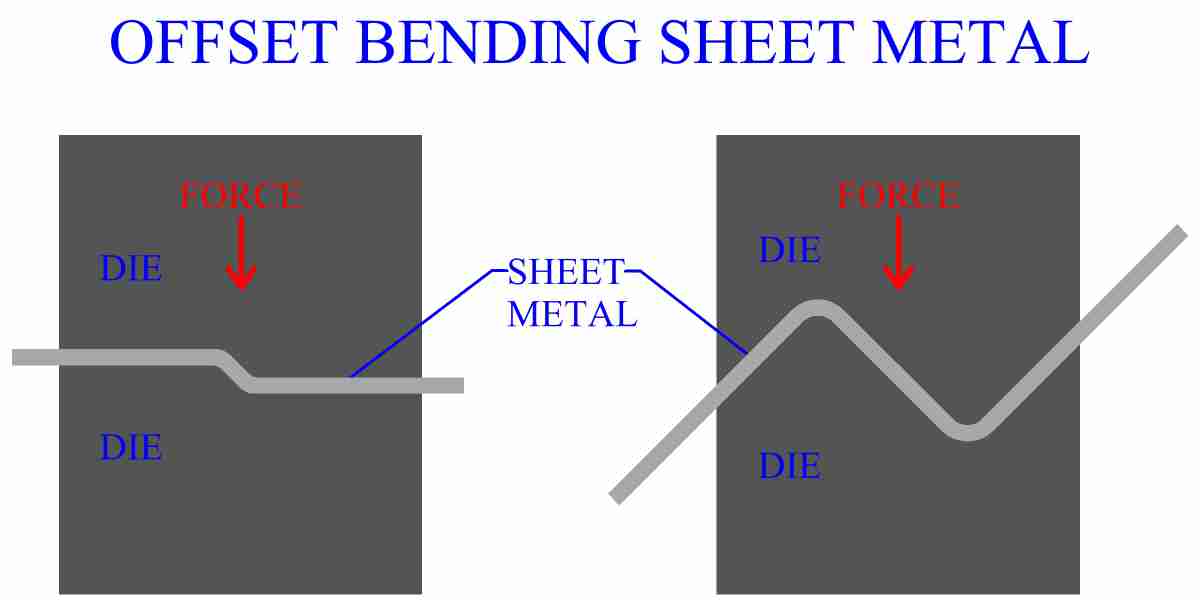Bending is one of the most common sheet metal fabrication operations.
Bending stiffness of sheet metal.
Strain hardening which occurs during the structuring process also improves the rigidity of the product.
Following a plastic deformation that we make to bend the metal an elastic recovery followed once we remove the load causing the metal to attempt moving back in place.
Use one of the many free online moment of inertia calculators like this one to see how increasing the height of the beam will have an exponential effect on increasing the stiffness of the beam.
To define the bend region and reduce the force required to bend a part out of sheet metal down to something you can handle without a brake press slots can be cut at the bending line to selectively.
The solution is to have a radius on the tool that you ll be using to bend the metal.
Structured sheet is thin sheet metal with a 3 d structure.
Sheet metal edge bending.
Another way of strengthening the sheet metal is by punching holes and slots.
First the molecular density is greater on the inside of the bend than it is on the outer surface that is being stretched.
And this site helps provide a pictorial view of the load s upon a beam depending.
To neutralize aluminum being one third the stiffness of steel an aluminum part must be made 44 percent thicker than the steel part.
These methods will give sheet metal the rigidity you need to use it in a structural or semi structural application.
Also known as press braking flanging die bending folding and edging this method is used to deform a material to an angular shape.
Stiffness is proportional to the cube of the thickness.
3 d structured sheet was used for.
The metal in the areas where holes and slots are punched gets stretched and become more tensile which gives more structural rigidity to the sheet metal.
This happens for two reasons.
Sheet metal should be bent at the minimum bend radius possible.
Even on malleable materials you can end up cracking the metal at the bend or weakening it to the point where it ll break with minimal force.
If you bend to a sharp inside corner with sheet metal you ll be adding a ton of internal stresses.
Well known structured sheet applications include corrugated sheets for roofs and facades.
This is done through the application of force on a workpiece.
The 3 d structure enhances the mechanical properties of components primarily by increasing bending stiffness because of increased inertia the higher the structure the stiffer the sheet.
How large of a bend you put in the metal depends on the application and fitment of the piece.
For most operations however bending will produce essentially no change in the thickness of the sheet metal.
In addition to creating a desired geometric form bending is also used to impart strength and stiffness to sheet metal to change a part s moment of inertia for cosmetic appearance and to eliminate sharp edges.
Folding over the edge of a piece of sheet metal will give the metal instant structural integrity.
Why does sheet metal spring back.

